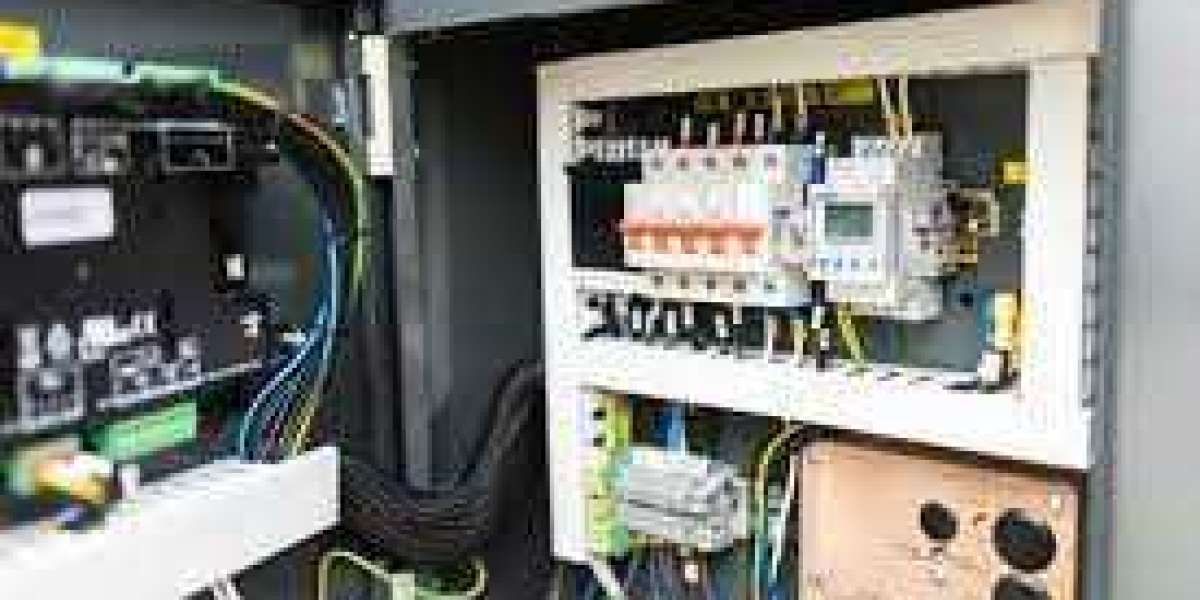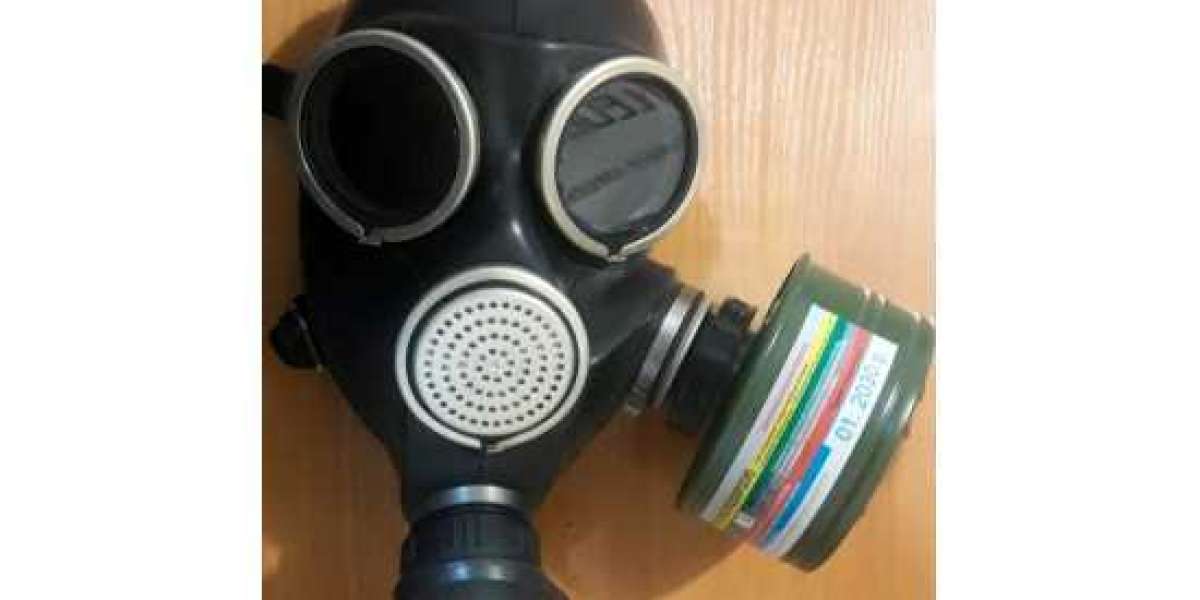Drive repair service is offered by many specialized companies that have the expertise and equipment to diagnose, repair, and maintain AC and DC drives. AC and DC drives are electronic devices that regulate the speed and torque of electric motors in industrial systems. AC drives, also known as variable frequency drives (VFDs), convert AC power to DC power and then back to AC power at a variable frequency and voltage. This allows them to control the speed and torque of AC motors by adjusting the frequency of the power supplied to the motor.
DC drives, on the other hand, regulate the speed and torque of DC motors by controlling the voltage and current supplied to the motor. They can operate in either a regenerative or non-regenerative mode, allowing for greater control and energy efficiency.
Both AC and DC drives have numerous benefits in industrial applications. They can improve energy efficiency by reducing motor speed when less power is needed, which can result in significant energy savings. They also allow for more precise control over motor speed and torque, which can improve the quality of products and reduce waste. Additionally, they can reduce wear and tear on motors and other equipment, resulting in longer lifespans and reduced maintenance costs.
AC and DC drives are essential components in modern industrial systems, responsible for regulating the speed and torque of electric motors. These drives require periodic maintenance to ensure their reliability, efficiency, and longevity. In this article, we will explore the maintenance practices for AC and DC drives, highlighting their similarities and differences. To learn more about CNC controller repair get in touch with us.
- Importance of maintenance for AC and DC drives
- Extend equipment lifespan
- Avoid costly repairs and downtime
- Maintain system efficiency and productivity
- Maintenance practices for AC and DC drives
- Visual inspection
- Check for loose connections, corrosion, and physical damage
- Verify proper grounding
- Clean the drive enclosure and cooling system
- Electrical testing
- Measure input and output voltage and current
- Test the insulation resistance
- Verify proper operation of protective devices such as fuses and circuit breakers
- Mechanical inspection
- Check the alignment and condition of belts, couplings, and bearings
- Lubricate moving parts as needed
- Verify the motor and load are properly matched
- Firmware and software updates
- Install recommended updates and patches
- Calibrate the drive parameters to match the application requirements
- Environmental monitoring
- Monitor temperature and humidity levels
- Ensure the drive is not exposed to excessive dust or moisture
- Implement appropriate measures to mitigate vibrations and noise
III. Maintenance differences between AC and DC drives
- Electrical testing
- DC drives require more frequent testing of the armature and field windings
- AC drives require testing of the power factor and harmonic distortion
- Mechanical inspection
- DC drives may require more frequent brush replacement and commutator cleaning
- AC drives may require inspection of the motor bearings and cooling system
- Firmware and software updates
- DC drives may require more frequent updates due to their more complex control algorithms
- AC drives may require updates to improve power quality and comply with energy efficiency regulations
In conclusion, the maintenance of AC and DC drives is crucial for ensuring the reliable and efficient operation of industrial systems. By following the recommended maintenance practices, operators can extend the lifespan of their equipment, avoid costly downtime, and maintain high levels of productivity. Although AC and DC drives have some differences in their maintenance requirements, the basic principles remain the same: regular inspections, testing, and updates are necessary to keep these essential components in optimal condition.








